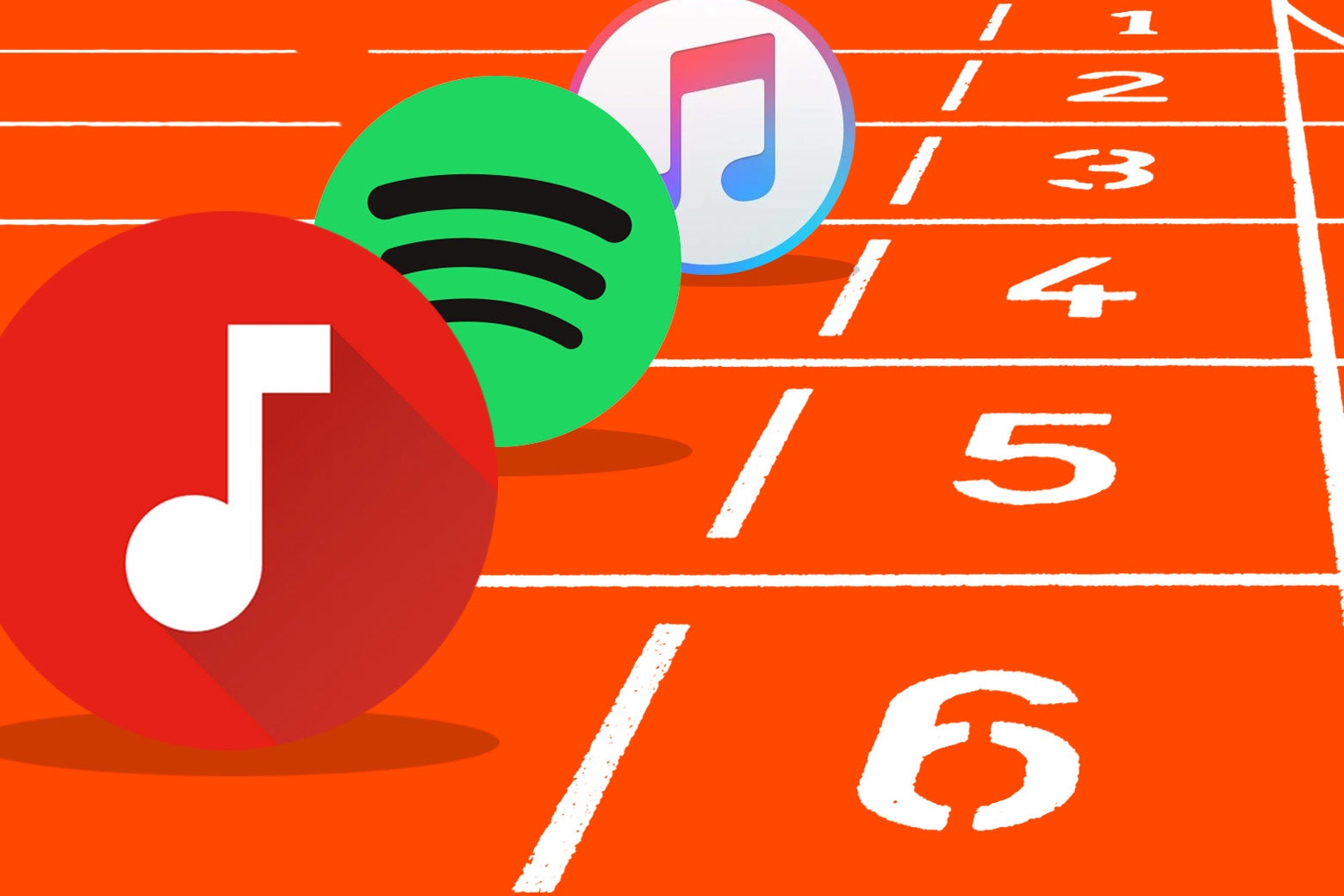After repeatedly failing to gain traction in the music streaming space, Google’s latest attempt is finally here. YouTube Music, first reported last month, is set to launch Tuesday and replace Google Play Music as the company’s music subscription service. Some of its features might look awfully familiar to users of Spotify or Apple Music. YouTube Music, for example, borrows its pricing model from Spotify with a free tier to attract new potential subscribers to the platform and a $9.99 per month paid tier that offers ad-free listening, music downloads, and the ability to play music in the background on your mobile device.
While both Spotify and Apple Music aim to intelligently learn from your listening habits to recommend songs you’ll also like, Google takes this a step further. YouTube Music will harness the smarts of Google Assistant to fuel its song recommendations. “The idea is that with the Google Assistant, Google’s smartphone app that uses artificial intelligence to help guide your life, subscribers to the new YouTube Music will find a service that makes smarter suggestions on what music to listen to,” USA Today explains. The service aims to recommend songs based on things such as your location, the time of day, and your listening patterns—which means it could theoretically learn that you prefer lyric-less electronic at work but bouncy, upbeat pop music in the mornings at home and serve you the appropriate genres accordingly.
Along with the official announcement of YouTube Music, Google is also streamlining its other music and video streaming offerings. Subscription video streaming option YouTube Red is now dead, replaced by an $11.99/month service called YouTube Premium that includes both YouTube Music and YouTube’s premium ad-free video content. YouTube Red was previously only $9.99 month and still included access to Google’s streaming music options—it’s unclear the reason for the price hike, other than just keeping up with going market rates. (Spotify and Hulu recently offered a discounted bundle of $12.99 for the two streaming services.)
With its announcement, Google has answered a lot of our questions about YouTube Music, including what exactly it is, how much it costs, and how Google’s existing streaming options play into its future.
The major question left to answer is: Who exactly is this music service for? Counting its free live radio listeners, Apple Music boasts more than 50 million subscribers; Spotify is even bigger, with 75 million paying listeners and 170 million people using the service on a monthly basis. It’s clear that streaming music is a popular space, but based on these companies’ growth numbers—Spotify, for example, added 4 million new subscribers in the past three months—there is room for another entrant to get a slice of that pie. To date, however, Google has been unable to lure music fans onto its platforms. Under this new YouTube Music branding, it’s possible that could change. YouTube sees 1.8 billion visitors each month, mostly watching videos and “listening” to music (via music videos) for free. Google’s challenge is to get those free listeners onto the free version of YouTube Music and then—as Spotify has done—turn them into paying users. YouTube is a powerful brand name, and with the right level of enticing advertising, it could leverage this audience into a subscribership to rival that of Spotify and Apple.
Still, Google will have a tough time swaying those who already subscribe to competitors—once you’ve got your playlists set and music recommendations dialed in, there’s no real reason to switch services. Other than its Google Assistant integration, it doesn’t seem to have any real distinguishing features that would attract existing streaming music subscribers. But there are still a lot of people who don’t yet listen to Spotify, Apple Music, or other streaming services. Google also has a play with those who purchase its Google Home smart speaker or own Android smartphones—those already wrapped in the Google ecosystem. For converting others to the YouTube Music tribe, it’ll take an excellent visual and audio experience and recommendations that outsmart its competitors. Google Assistant has proved to be an adept virtual assistant, but even then it’s unclear it’ll be enough.
